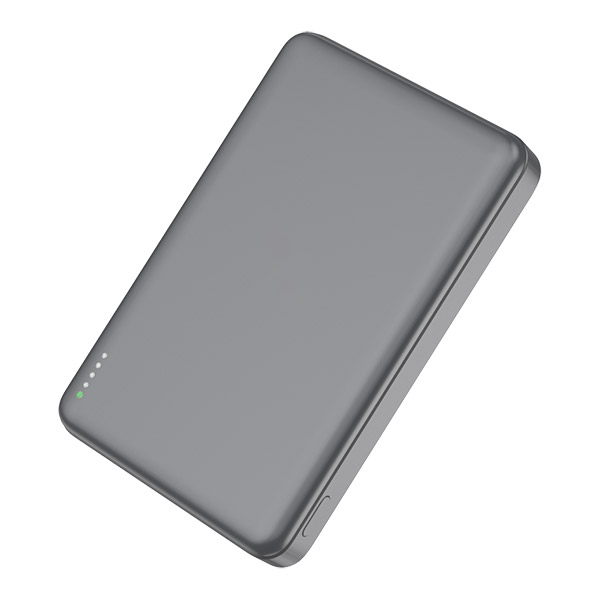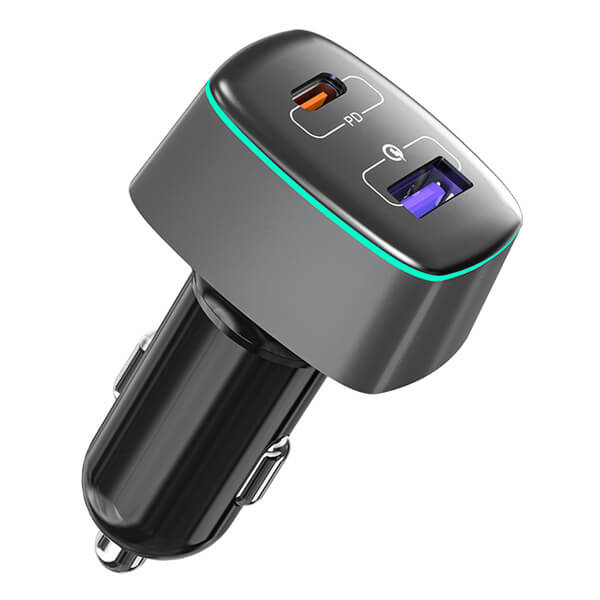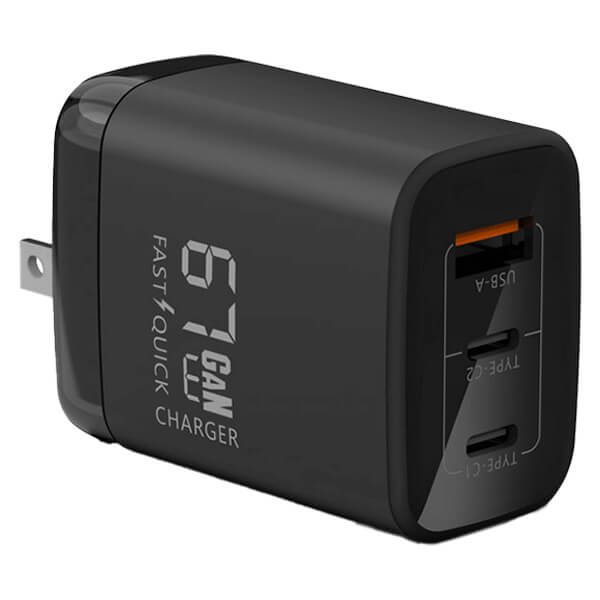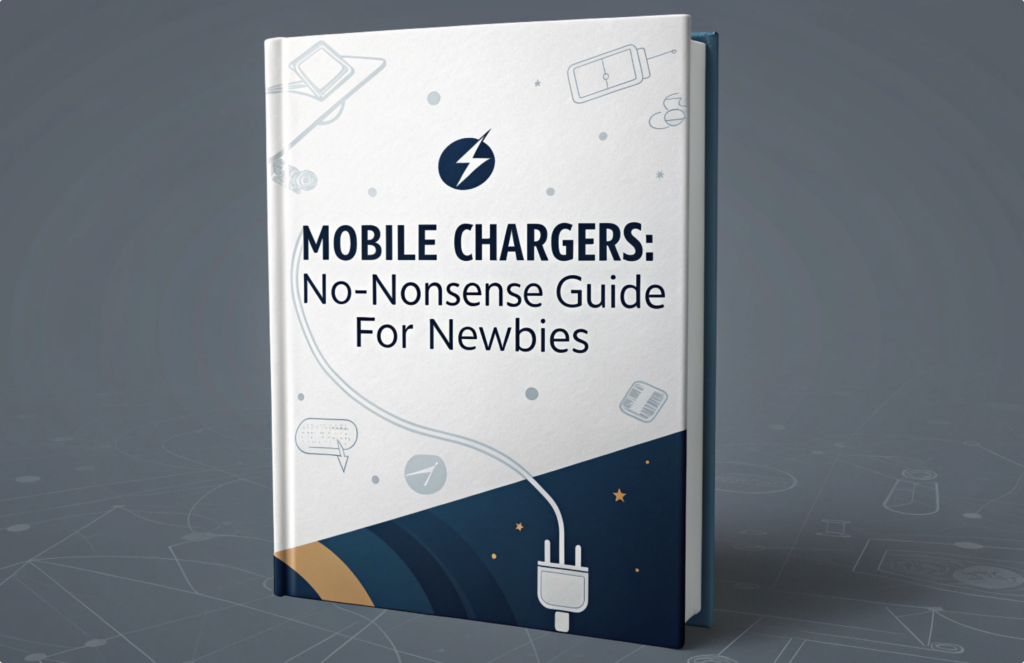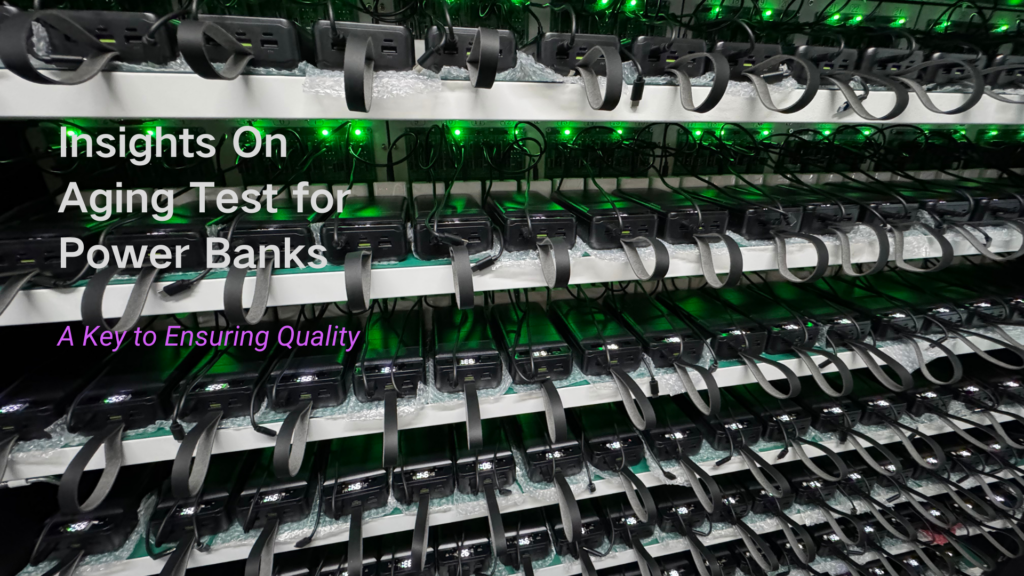
In our modern world, where connectivity is king and mobility is key, the need for reliable power sources on the go has never been greater. Enter solar power banks – compact, portable devices that leverage the abundant energy of the sun to keep our devices charged and ready for action. But how exactly do these marvels of engineering work? Let’s delve deeper into the inner workings of solar power banks to uncover the magic behind their functionality.
The Solar Panels
At the heart of every solar power bank are the solar panels, often referred to as photovoltaic (PV) panels. These panels consist of multiple solar cells, typically made from silicon-based semiconductors. When sunlight hits these cells, it excites the electrons within, creating an electric current. This process, known as the photovoltaic effect, is the fundamental mechanism by which solar energy is converted into electricity.
Charge Controller
To ensure efficient and safe charging, solar power banks are equipped with a charge controller. This vital component regulates the flow of electricity from the solar panels to the internal battery. It monitors factors such as voltage and current, adjusting them as needed to prevent overcharging or over-discharging of the battery. By carefully managing the charging process, the charge controller maximizes the lifespan of the battery while maintaining optimal performance.
Battery Storage
To store the energy generated by the solar panels, solar power banks are equipped with rechargeable lithium-ion batteries. These batteries come in various capacities, ranging from a few thousand milliampere-hours (mAh) to tens of thousands of mAh, depending on the specific model. The stored energy acts as a reservoir, ready to be tapped into whenever our devices need a power boost.
Output Ports
Solar power banks feature output ports, such as USB ports or other connectors, where you can plug in your devices for charging. The stored energy in the battery is then transferred to your devices, providing a reliable source of power wherever you are. Some solar power banks may also include multiple output ports, allowing you to charge multiple devices simultaneously.
Charging Process
When exposed to sunlight, the solar panels begin to generate electricity through the photovoltaic effect. This electricity is then directed to the internal battery via the charge controller, where it is stored for later use. When you connect your device to the solar power bank for charging, the stored energy in the battery is transferred to your device, replenishing its battery life.
Limitations and Considerations
While solar power banks offer a convenient and eco-friendly way to stay powered on the go, they do have limitations. Charging speed can vary depending on factors such as the intensity of sunlight, the efficiency of the solar panels, and the capacity of the battery. Additionally, solar power banks may not be suitable for rapid charging or powering high-energy devices due to their reliance on sunlight.
In conclusion, solar power banks represent a convergence of innovation and sustainability, offering a renewable and environmentally friendly solution to our charging needs. By harnessing the power of the sun, these portable power stations empower us to stay connected and mobile, no matter where our adventures take us. So the next time you’re soaking up the sun’s rays, remember that you’re not just enjoying the warmth – you’re also harnessing its energy to power your devices, courtesy of your trusty solar power bank.

